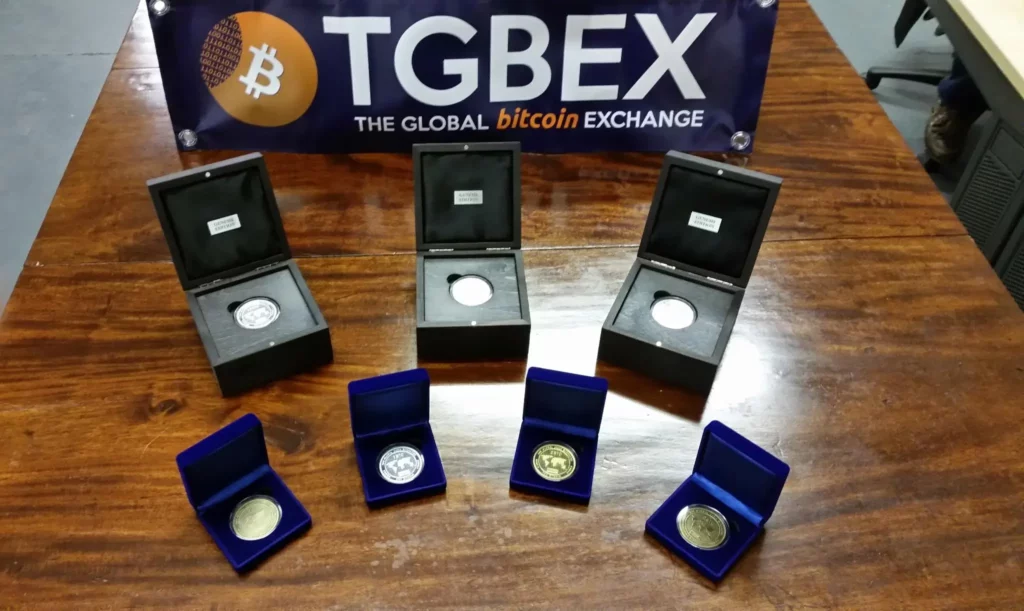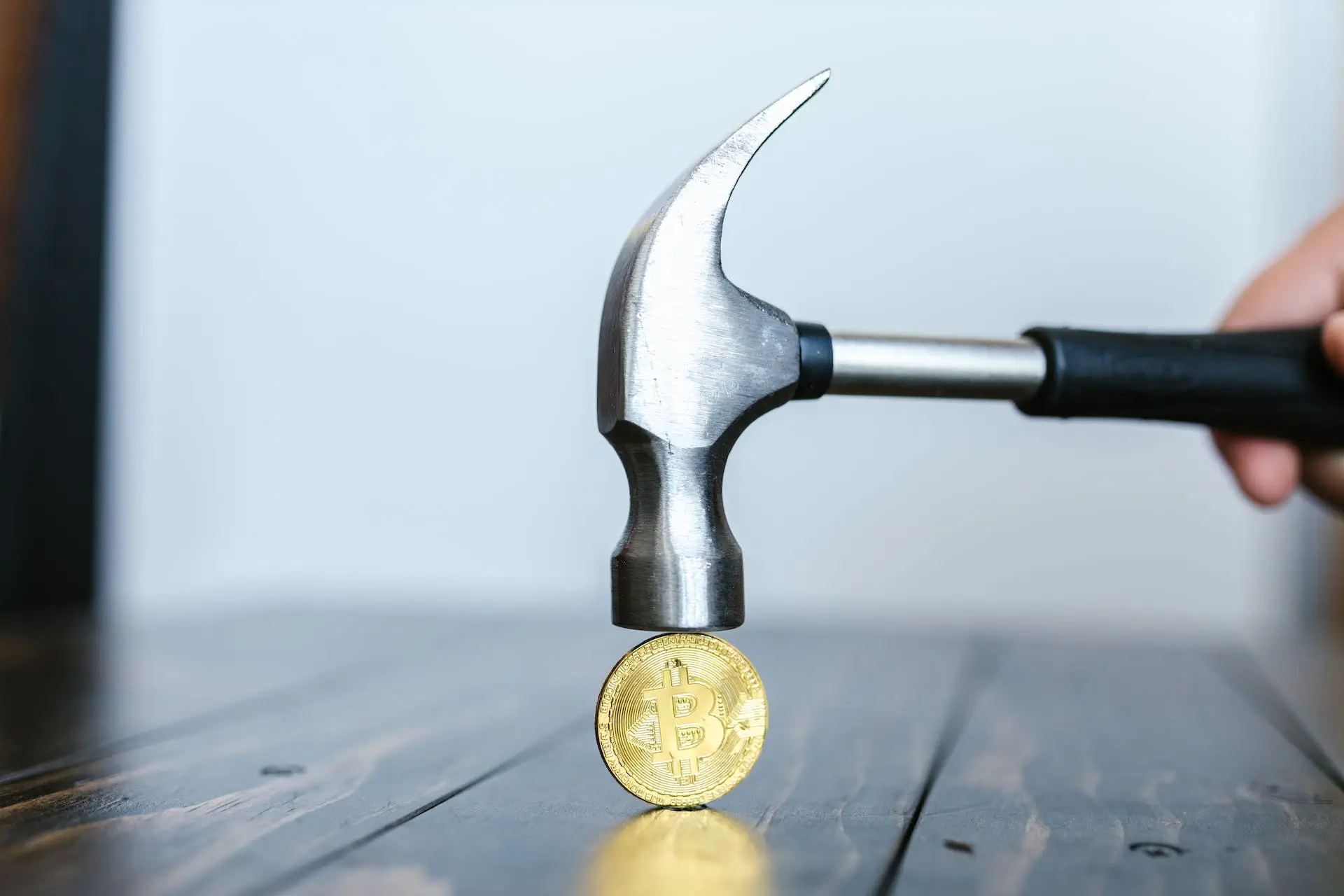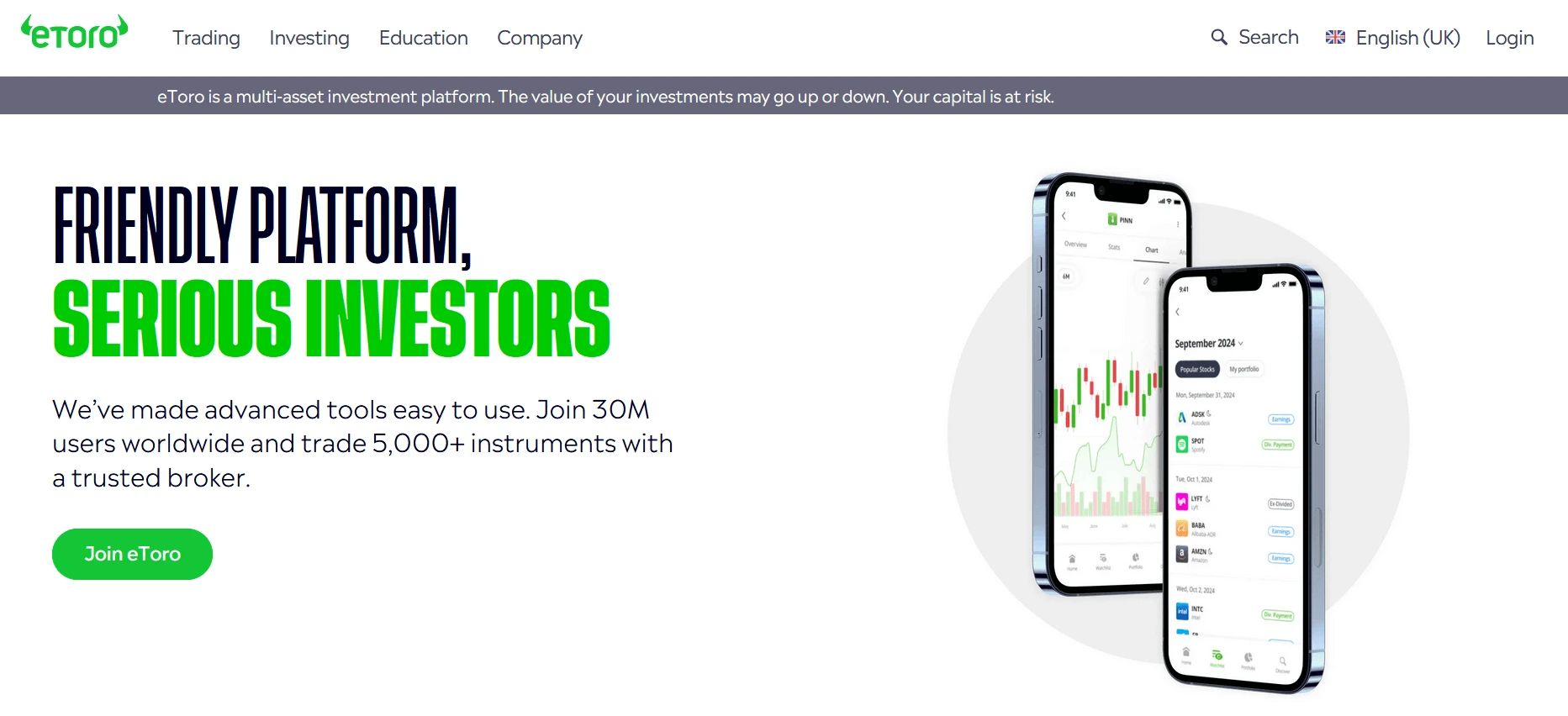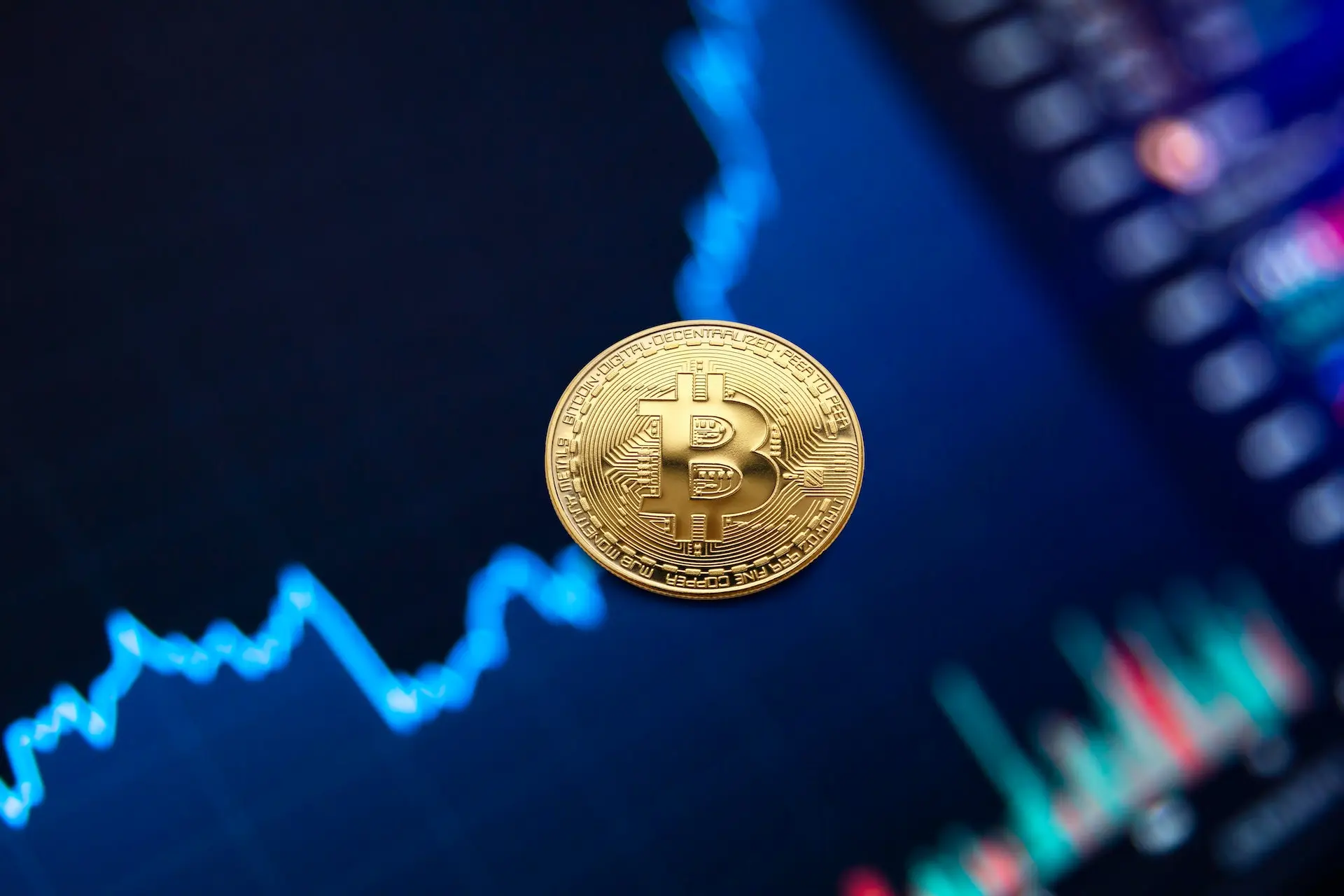Introduction to Physical Bitcoin
A physical bitcoin is a tangible representation of the cryptocurrency, Bitcoin. It is essentially a physical coin or token that contains a specific value of bitcoins.
Unlike traditional coinage and bills, which are backed by a central authority, these physical bitcoins hold their value through the decentralized network of Bitcoin users.
They serve as collectable items for some enthusiasts and can also be used as a medium of exchange, just like their digital counterparts.
Now, I can already hear some of you going “But Gareth, Bitcoin is a virtual currency, how on earth can you make it physical and still enjoy the benefits of cryptocurrency?” I promise all will become clear!
In this introduction, we will delve deeper into the concept of physical bitcoins and explore their unique characteristics.
History of Physical Bitcoin
It all started back in 2008 when a person (or group of people) named Satoshi Nakamoto came up with the idea of a digital currency that could be used without any central authority.
It’s like virtual money that isn’t controlled by any government or bank. And to keep your BTC “offline”, people started using something called a hardware wallet – kind of like a physical USB stick with extra security for your virtual money.
This way, you don’t have to worry about hackers or online attacks stealing your precious crypto.
It’s like having a secret hiding spot for your cash but in the digital world.
Pretty cool, huh?
Early beginnings and development
So tangible bitcoins are simply BTC private and public keys held in their raw format on a physical medium. The most basic “physical bitcoin” is a metal plate with the long letters and numbers that make up the keys, etched or imprinted on them.
Not really a “coin” in its modern form but modern coins did not start that way either.
Creation of the first physical coins by Casascius

In 2011 entrepreneur Mike Caldwell created these coins, which he designed to give individuals a tangible way to hold and trade bitcoins, instead of just storing them in digital wallets.
The idea behind Casascius coins was simple yet revolutionary. Each coin had a unique code that could be redeemed for its corresponding amount of bitcoins. This meant that whoever held the physical coin also held the value of its digital counterpart, making it a convenient and secure way to store and exchange bitcoins.
In the early days, these coins were hand-crafted by Caldwell himself, who embedded the code inside a hologram on the back of each coin. As demand grew, he eventually switched to minting them using specialized equipment, making them more accessible to the general public.
However, as with any new technology, there were some controversies surrounding Casascius tokens. Some critics argued that they violated anti-counterfeiting laws and lacked proper regulation. FinCen (the financial crimes enforcement network) reviewed these tokens to establish whether producing these tokens amounted to Caldwell being a money transmitter.
In response to this, Caldwell started selling “unfunded” Casascius tokens, which had no redeemable code inside but still had collectable value.
Despite these challenges, Casascius tokens continued to gain popularity among cryptocurrency enthusiasts and collectors alike. They even reached new heights when one of these coins was sold for over $20,000 at an auction sale in 2013.
Today, Casascius tokens are considered a symbol of the early days of BTC and remain highly sought after by those looking for a unique piece of crypto history. Although they may no longer be produced due to legal concerns, their legacy lives on as one of the first physical representations of virtual currency.
Introduction of other physical Bitcoin options

A whole host of options followed Casascius coin and most notably “TGBEX” or The Global Bitcoin Exchange which Adrian Forbes (an acquaintance of mine) founded in the Isle of Man circa 2014/15 if I recall correctly.
These were really fancy mints that came in display cases and were numbered and certificated. Real collector’s items.
Various other non-electronic Bitcoin wallet iterations followed and likely the most successful to date is not a physical coin but rather a physical card – Ballet Wallet, by Crypto OG Bobby Lee
Mechanism of Physical Bitcoins
Signing a crypto transaction is like giving someone a special code that only you and the person receiving the money know. This code is called a digital signature and it proves that you are the one sending the money. Just like how you sign your name on a birthday card, signing a Bitcoin transaction involves using your private key to create a unique signature that can only be made by you.
This way, nobody else can pretend to be you and send your BTC to someone else. It’s like having a secret password that only you know, but instead of using it to unlock your tablet, you use it to send money safely over the internet!
Explanation of how it works

To produce a “physical bitcoin” you need to have both the public and private key (or seed words) stored on a physical medium. Ideally in a way that will protect the private key so that it is not known by the parties of a transaction but is verified by a 3rd party. (This is the biggest flaw and attack vector of real-world tangible Bitcoin)
Use of private keys and public addresses
wallets have implemented a scratch layer on the wallet’s surface. This layer shields the private key and can only be revealed by scratching it off with a special tool or using a 2-factor authentication process.
By doing so, physical Bitcoin wallets offer an additional layer of security against unauthorized access to private keys. In case someone attempts to tamper with the wallet, the scratches will become visible, indicating that the wallet may have been compromised.
Hence, this scratch technology acts as a deterrent against tampering and ensures that private keys remain hidden until needed for Bitcoin transactions.

Verification process for transactions
When transacting these tangible tokens the receiving party needs to first check the public address to confirm the funds are held in that address and secondly trust that the manufacturer has paired the correct private keys under the scratch layer.
It would be very risky to accept a physical Bitcoin from someone without scratching off the protective layer and moving the crypto to another secure wallet before concluding whichever transaction the Bitcoin is involved in.
Comparison to digital bitcoin
Similarities and differences
Both physical coinage and digital tokens have the same “market value” in terms of what the coins are worth, however, the physical BTC may have an additional “collectable” or novelty value, but this is likely nominal.
Apart from the touchable aspect of the tangible coin, there is no real difference between the two.
Advantages and disadvantages
Digital bitcoin has the advantage that it is easier to transport and keep secure, however, under certain conditions, both tangible and intangible bitcoin is insecure (search up $5 wrench attack).
The best way to your bitcoin secure is not to let anyone know that it exists!
An actual coin though is probably more suitable when gifting Bitcoin.
Benefits of a Physical Bitcoin
Apart from the novelty aspect or making it easier to gift Bitcoin, there is no benefit to having tangible tokens.
The digital version of a token has many benefits over physical counterparts and no disadvantages I can think of except for maybe a requirement to have basic computer usage skills.
Convenience for everyday use
Gold or silver specie may have been a convenient method of exchange a few hundred years ago, but there is a reason it was usurped by banknotes and later digitised currency held in electronic format by banks. In short, gold is heavy, not easily divisible and like silver can be forged. Silver is also much less scarce.
It is simple, physical representations of money carry with them a much larger cost to transact, secure and transport.
Ease of use for non-technical users
For non-technical users, an actual coin may be more convenient but as an everyday method of payment, this simply will not work due to the risk of fraud and the indivisible nature of actual coinage.

No need for internet connectivity
Many commentators will argue that hard BTC is beneficial as no internet is required to transact but I would argue this point is mute.
For this to be the case you would need 100% trust between the parties involved.
This is a requirement that is not scalable and therefore is simply a theoretical benefit.
Sentimental Worth
Physical Bitcoin coins have a historical benefit because they serve as tangible, physical representations of the cryptocurrency that has become a significant part of modern society.
These items not only provide a sense of nostalgia for the early days of Bitcoin, but they also hold a symbolic worth in the evolution and adoption of cryptocurrency.
Additionally, physical Bitcoin coinage can offer a unique way for individuals to own and store their digital wealth offline, providing a sense of security and control over their assets.
Overall, physical Bitcoin holds both practical and sentimental value, making it an important piece in the history of Bitcoin.
Risks Related to Physical Bitcoin
- Vulnerability to Theft: One key risk associated with BTC held on actual raw materials like silver, copper or brass is the potential for theft. Unlike traditional currencies, these coins do not have the same level of protection from banks or financial institutions. This makes them a prime target, like all valuables, for thieves who can physically steal the coinage or gain access to the private keys needed to access the cryptocurrency.
- Lack of Regulation: Another risk associated with physical bitcoins is the lack of regulation in this relatively new market. As these tokens, like their digital versions, are not backed by any government or central authority, there is no guarantee of their legitimacy or stability. This means that investors may be at risk of scams or fraud, as well as sudden changes in value.
- Physical Damage: Unlike traditional paper money, physical bitcoins are susceptible to damage from water, fire, and other disasters. If not stored properly, they can become damaged and lose their digital value entirely.
- Difficulty in Exchange: Physical bitcoins can also pose challenges when it comes to exchanging them for traditional currency or other forms of cryptocurrency.
- High Volatility: Cryptocurrencies are notoriously volatile, and this holds for physical bitcoins as well. The value can fluctuate significantly in a short period, making it a risky investment choice for those seeking stable returns.
- Human Error: Lastly, these tokens are still not safe from human error. Since they require private keys and special procedures to access and transfer the funds, any mistake in the process can result in a loss of funds.
Conclusion
In conclusion, physical Bitcoin is a tangible and secure way to store and trade cryptocurrency. With its unique design and intricate security measures, it offers individuals a sense of ownership and control over their digital assets.
While traditional methods of storing cryptocurrency may be vulnerable to hacking and cyber attacks, physical BTC can offer an added layer of protection.
Please leave your comments below and let me know what you think about physically representing crypto-money like BTC





